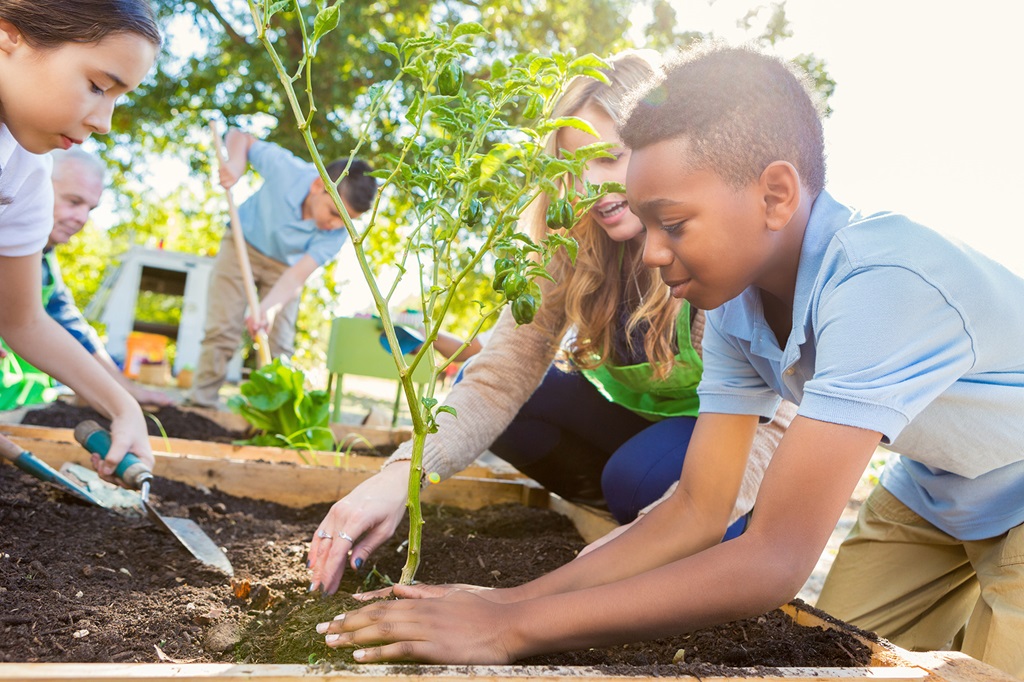Extracurricular activities play a pivotal role in a student’s overall development. These activities extend beyond the traditional classroom setting, providing students with opportunities to explore, learn, and grow. Let’s delve into the top seven benefits of extracurricular activities for students.
Benefits of Extracurricular Activities for Students
1. Academic Enhancement
A. Improved Academic Performance
Participation in extracurriculars has been linked to improved academic performance. Students engaged in activities outside of their regular coursework tend to develop better focus, discipline, and time management skills, translating to better grades.
B. Development of Critical Thinking Skills
Extracurriculars often involve problem-solving scenarios that stimulate critical thinking. Whether it’s a debate club or a science project, students learn to analyze situations, think creatively, and make informed decisions.
2. Skill Development
A. Leadership Skills
Many extracurricular activities provide leadership opportunities. Students taking on roles such as team captain or club president develop leadership qualities, including decision-making, teamwork, and responsibility.
B. Time Management Skills
Juggling academics and extracurricular commitments teaches students the valuable skill of time management. This ability becomes a crucial asset as they progress through their academic and professional journeys.
C. Communication Skills
Participating in activities that involve interaction with peers, teachers, or community members enhances communication skills. Effective communication is a fundamental skill that extends beyond the classroom.
3. Social Benefits
A. Building Friendships
Extracurricular activities offer a platform for students to connect with like-minded individuals who share similar interests. These connections often develop into lasting friendships, creating a sense of community within the school.
B. Enhanced Social Skills
Interacting with diverse groups of people fosters social skills. Students become more adaptable, empathetic, and skilled in navigating social situations, essential qualities for success in both personal and professional spheres.
4. Health and Well-being
A. Physical Health Benefits
Sports and physical activities are common extracurricular choices. Engaging in these activities not only promotes physical health but also instills the importance of an active lifestyle.
B. Mental Health Benefits
Extracurriculars provide a healthy outlet for stress and mental well-being. Activities such as art, music, or mindfulness clubs offer students a break from academic pressures, promoting a balanced and resilient mindset.
5. College and Career Advantages
A. Boosting College Applications
Admissions officers value well-rounded individuals. Extracurricular involvement showcases a student’s commitment, passion, and diverse skills, making their college applications stand out.
B. Gaining Real-world Experience
Certain activities, such as internships or volunteer work, provide students with real-world experience. This exposure helps them understand their interests, strengths, and potential career paths.
6. Personal Growth
A. Building Confidence
Success in extracurricular pursuits contributes to increased self-confidence. Students gain a sense of achievement, reinforcing a positive self-image that extends into various aspects of their lives.
B. Fostering Creativity
Participating in creative activities, be it writing, art, or drama, nurtures creativity. This skill is transferable to academic and professional settings, fostering innovation and adaptability.
7. Balancing Extracurriculars and Academics
A. Tips for Effective Time Management
Balancing academics and extracurriculars requires effective time management. Students can benefit from strategies such as creating schedules, prioritizing tasks, and setting realistic goals.
B. Setting Realistic Goals
Establishing achievable goals ensures that students can actively participate in extracurriculars without compromising their academic responsibilities.
Overcoming Challenges of Extracurricular Activities for Students
A. Dealing with Burnout
While extracurriculars offer numerous benefits, it’s crucial to recognize signs of burnout. Students should prioritize self-care and seek support when feeling overwhelmed.
B. Seeking Support and Guidance
Teachers, mentors, and family members can provide valuable support and guidance, helping students navigate challenges associated with their academic and extracurricular pursuits.
Success Stories
A. Real-life Examples of Students’ Achievements
Highlighting success stories of individuals who thrived due to their engagement in extracurriculars inspires and motivates students. These stories serve as tangible evidence of the positive impact of such activities.
In conclusion, extracurricular activities are a cornerstone of holistic student development. From academic enrichment to personal growth, the benefits are diverse and long-lasting. Encouraging students to explore and actively participate in these activities contributes to a well-rounded educational experience.
Conclusion
Extracurricular activities are not mere add-ons to a student’s academic journey; they are catalysts for growth, learning, and success. The diverse range of benefits, from academic enhancement to personal development, underscores the importance of incorporating extracurricular activities into the educational landscape. As students actively engage in these pursuits, they not only enrich their present but also lay the foundation for a promising future.
FAQs
How can students find suitable extracurricular activities?
- Students can explore school clubs, community organizations, or online platforms to discover activities aligning with their interests.
Do all extracurricular activities require a significant time commitment?
- No, there are various activities with different time requirements. Students can choose based on their availability and interests.
Are sports the only extracurricular activities that promote physical health?
- While sports are one option, activities like dance, yoga, or hiking also contribute to physical well-being.
Can participation in extracurriculars negatively impact academic performance?
- With effective time management, extracurriculars can complement academics. It’s crucial to strike a balance.
Do colleges prefer certain types of extracurricular activities over others?
- Colleges value a diverse range of activities. What matters most is a student’s passion, commitment, and the skills developed through their chosen activities.





